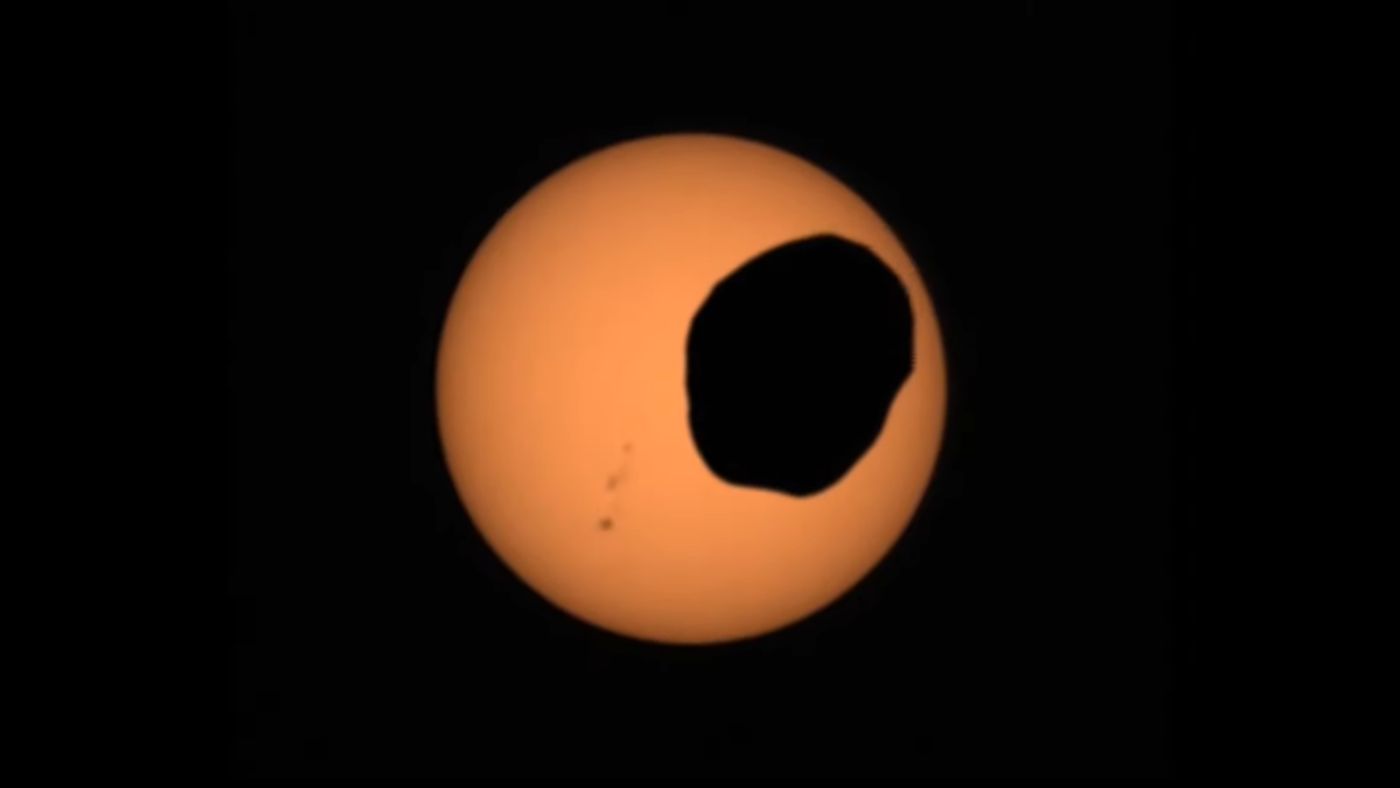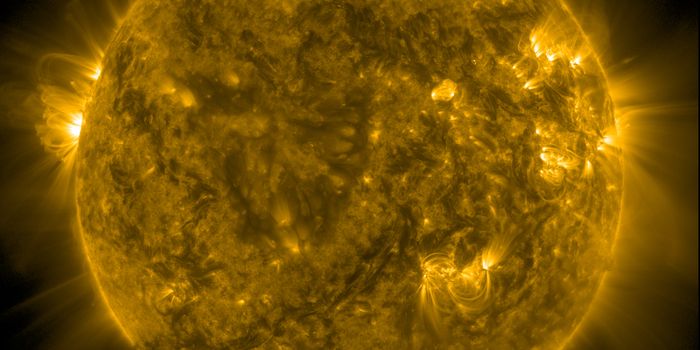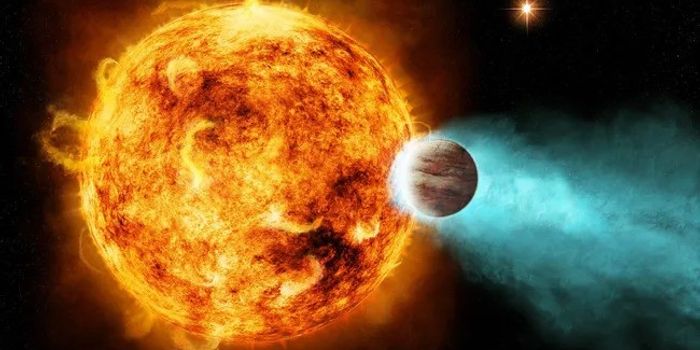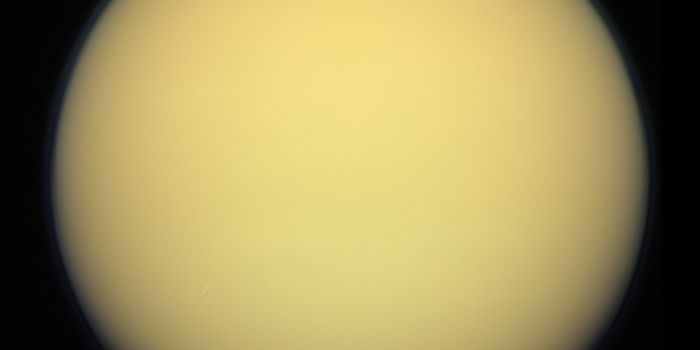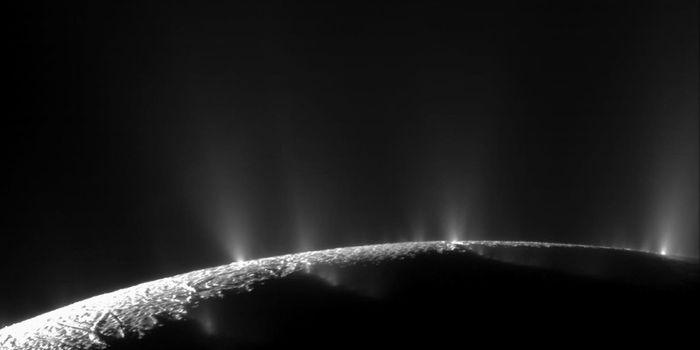NASA's Perseverance Rover Captures Solar Eclipse on Mars
NASA’s Perseverance Mars rover has captured some pretty amazing images of the Martian surface during its time on the Red Planet. However, it finally got bored looking at dirt and rocks and decided to point its gaze upward to capture an amazing video of Phobos, one of Mars’ two moons, passing in front of our parent star. To be clear, Percy didn’t do this on its own, as its human controllers back on Earth instructed the mighty rover to catch this eclipse to study how Phobos’ orbit is changing over time. It is a partial eclipse due to the moon’s size. These observations can help scientists better understand the moon’s orbit and how its gravity pulls on the Martian surface, ultimately shaping the Red Planet’s crust and mantle.
Captured with Perseverance’s next-generation Mastcam-Z camera on April 2, the 397th Martian day, or sol, of the mission, the eclipse lasted a little over 40 seconds – much shorter than a typical solar eclipse involving Earth’s Moon. (Phobos is about 157 times smaller than Earth’s Moon. Mars’ other moon, Deimos, is even smaller.)
“I knew it was going to be good, but I didn’t expect it to be this amazing,” said Rachel Howson of Malin Space Science Systems in San Diego, one of the Mastcam-Z team members who operates the camera.
Howson noted that although Perseverance first sends lower-resolution thumbnails that offer a glimpse of the images to come, she was stunned by the full-resolution versions: “It feels like a birthday or holiday when they arrive. You know what’s coming, but there is still an element of surprise when you get to see the final product.”
Much like our own Moon, the gravity of Phobos induces small tidal forces on the interior of Mars, slightly deforming the rock in the planet’s mantle and crust. Also like our own Moon, these tidal forces are slowly changing the orbit of Phobos over time. The one difference is while our Moon is slowly moving away from Earth, Phobos is actually getting closer to Mars, destined to crash into the Red Planet tens of millions of years from now.
As always, keep doing science & keep looking up!
Sources: The Verge, NASA Science, NASA Solar System
